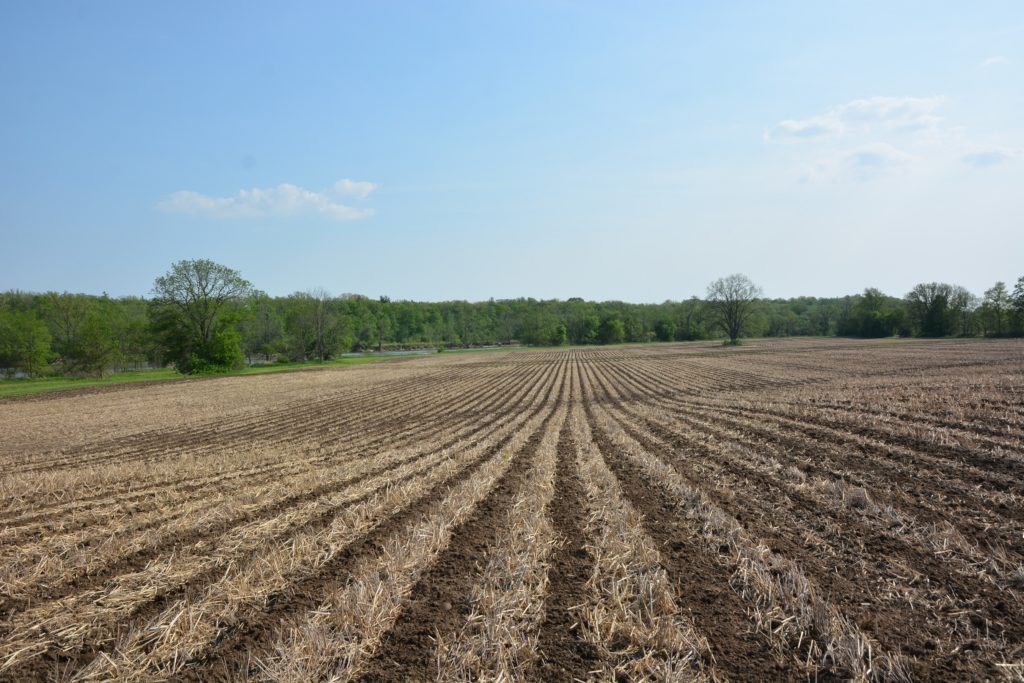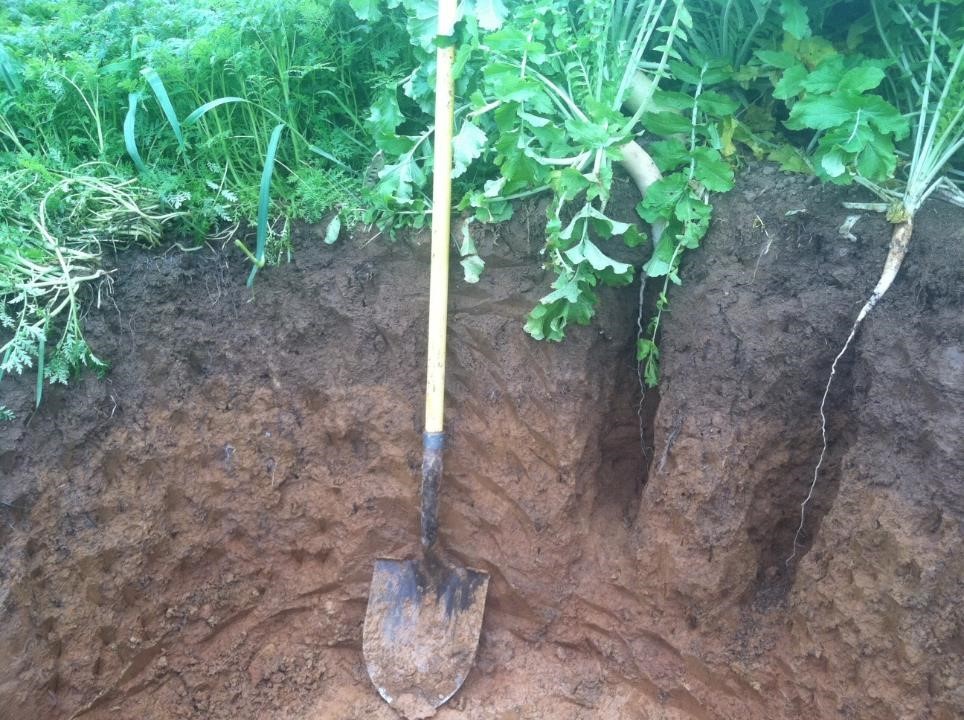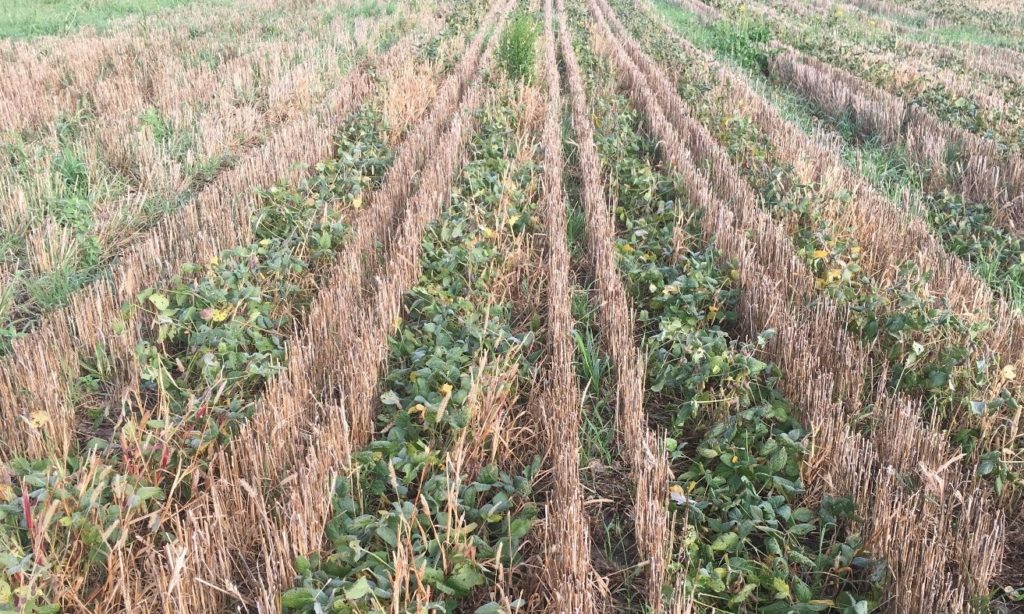2018 Corn Seasonal Summary
Planting The March 2018 planting intentions report by Statistics Canada estimated Ontario farmers intended to plant 2.2 million acres of grain corn, comparing to a 5-year (2013-2017) average of 2.1 million acres (OMAFRA Crop Statistics). A cool April coupled with snow and freezing rain events through to the middle of the month limited early field […]








